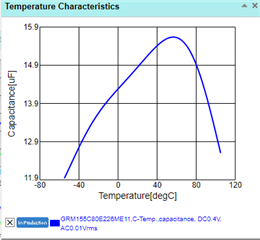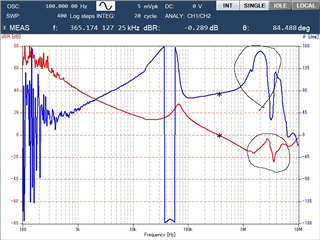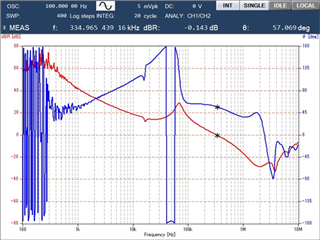Other Parts Discussed in Thread: TPS62873,
Tool/software:
I am evaluating TPS62873EVM-144 (2phase of TPS62873) with Vin=3.3V, Vout=0.4V, Iout=24A and Cout=22uF(GRM155C80E226ME11) x4
I have a few questions:
We are trying to optimize the phase compensation constants with an output capacitance of 22uF (GRM155C80E226ME11) x4, but we cannot find the optimal constants that satisfy both phase margin and gain margin. Specifically, even when reducing the gm amplifier output R1, the gain does not decrease, the fo remains high, and the phase margin does not change.
Is it impossible to optimize the G-Φ characteristics with phase compensation constants under this output capacitance condition?
Does the DCS control method require a certain minimum output capacitance to operate correctly?
Can we consider the formula shown in section 10.2.2.4 “Selecting the Output Capacitors” of the datasheet as the condition for the DCS control method to function?
In the Webench simulation, when setting the TPS62873 to 1-phase with an output capacitance of 22uF x4, Vout=0.4V, and Fsw=3MHz, the simulation does not work. Are there any constraints?




